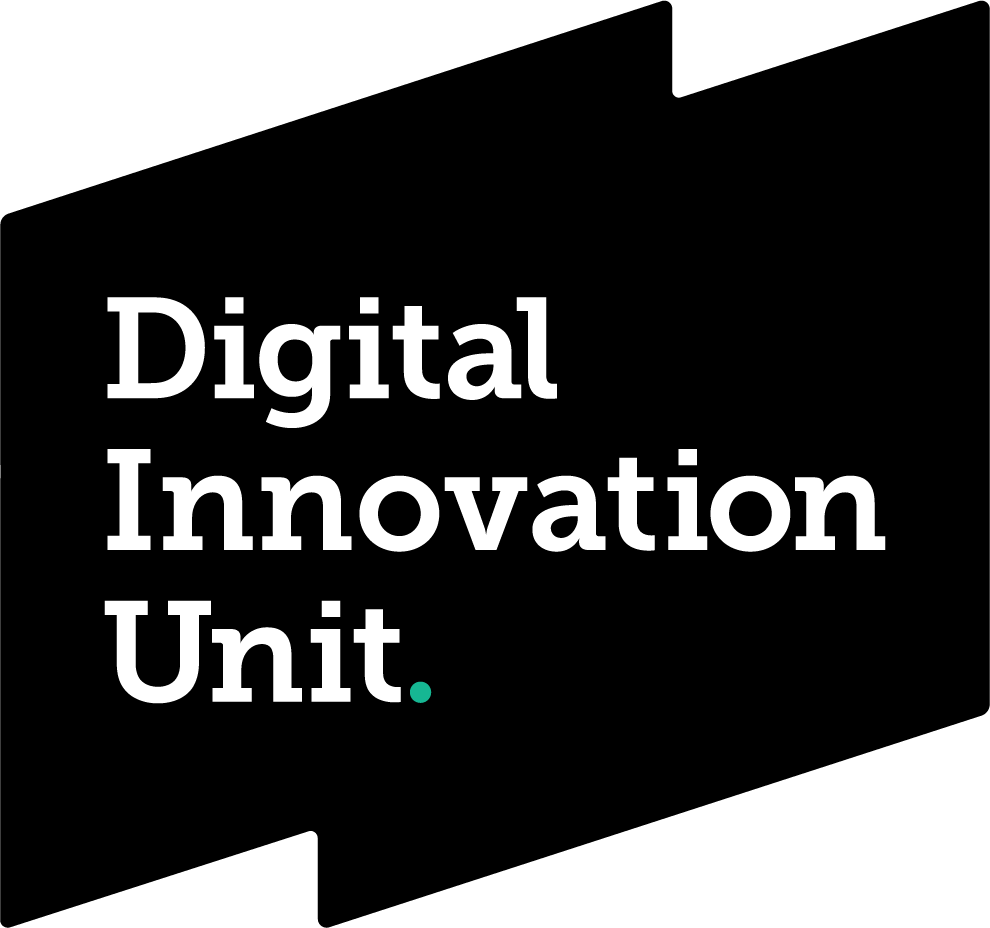Patient waiting list management
Summary
- Using a combination of automated call (chatbot) technology and our Referral Management Centre, we are helping trusts to prioritise and clinically validate waiting lists efficiently.
- This solution saves time and staff resource, reducing hospital costs and reducing the time to validate patients from weeks to days.
- Chatbot costs are a tiny fraction of those incurred in producing, printing and posting letters and the administrative costs associated.
Using a combination of automated chatbot, robotic process automation and human call agents, we helped trusts within integrated care boards (ICBs) contact 80% of their waiting lists, with 9-14% of patients, depending on specialty, coming off them.
The work was also a finalist for an HSJ Partnerships Award 2023 in the 'Best Elective Care Recovery Initiative' category.
Background
The pressure on hospital patient waiting lists created by the pandemic required new ways of assessing the validation of waiting lists. Following a pilot with Worcestershire Acute Hospital Trust in 2021, we were approached by Lancashire and South Cumbria ICB about our combination of automated calls (chatbot) and our Referral Management Centre to validate their inpatient and outpatient lists over a number of specialities. The aim was to provide a more efficient way to cleanse the waiting list and expedite work that otherwise would take considerable time and staff resource to complete.
Action
Specialists from our Digital Innovation Unit, Referral Management Centre, Cloud Development team, Information Governance and Business Intelligence teams worked together with the ICBs and acute trusts. We developed a robust mechanism using chatbot functionality, text messaging and referral management call handling expertise to support validating cohorts of over 200,000 inpatient and outpatient lists from across the four trusts in Lancashire and South Cumbria.
The outline process involves:
- Setting up project management for the scheme, including the end-to-end process
- Putting in clinical and information governance, including patient engagement
- Agreeing scripting to be run
- Accessing and processing waiting lists via a secure Microsoft SharePoint site
- Providing text messaging to patients advising them that they will receive a call
- Processing the calls starting with three chatbot calls and then two Referral Management Centre (human operator) calls
- Returning results of the calls to the providers to amend their patient administration system.
Key to success has been agreeing the end to end process and script design.
Impact
Using this combination of chatbot, text messaging and our Referral Management Centre, we are helping trusts to prioritise and clinically validate waiting lists efficiently. It has helped to tackle the backlog of waiting lists and reduce waiting times, while maintaining quality of care.
As of October 2024, we have successfully contacted over 200,000 patients since starting in late 2021. Campaigns have included handling patient lists of 10,000 per week.
The results have been remarkably similar. The key results are:
- 9-14% (depending on specialty) reduction in patient waiting lists
- 80% patient contact rate
- 67% of patients served with automated calls
- 200,000 patients engaged
- Helped identify priority patients on the waiting lists.
This solution saves huge amounts of time and staff resource, reducing hospital costs. Using automation avoids the need for temporary admin teams to be interviewed, employed, on-boarded, trained and so on. Chatbot costs are a tiny fraction of those incurred in producing, printing and posting letters.d and so on. Chatbot costs are a tiny fraction of those incurred in producing, printing and posting letters.
Patient benefits
- Patient choice when managing their wait
- Can be combined with ‘Waiting Well’ initiatives
- Opportunity to easily provide valuable feedback on their current situation
- Reassurance that the healthcare provider is actively managing the waiting list
Healthcare provider benefits
- Cost saving over traditional postal approach
- Reduced backlog and reduced waiting times while maintaining quality of care
- Quick deployment and implementation
- Integration with hospital data
- Faster processing of larger number of patients
Feedback
"The outcomes realised so far by this highly collaborative project have been incredible. We have high aspirations that the foundation technology and proven processes we have developed on the Amazon Web Services cloud will be able to help many UK trusts reduce and manage their waiting list now and in the future."
Gary Beddow, Business Development Director
Digital Space
